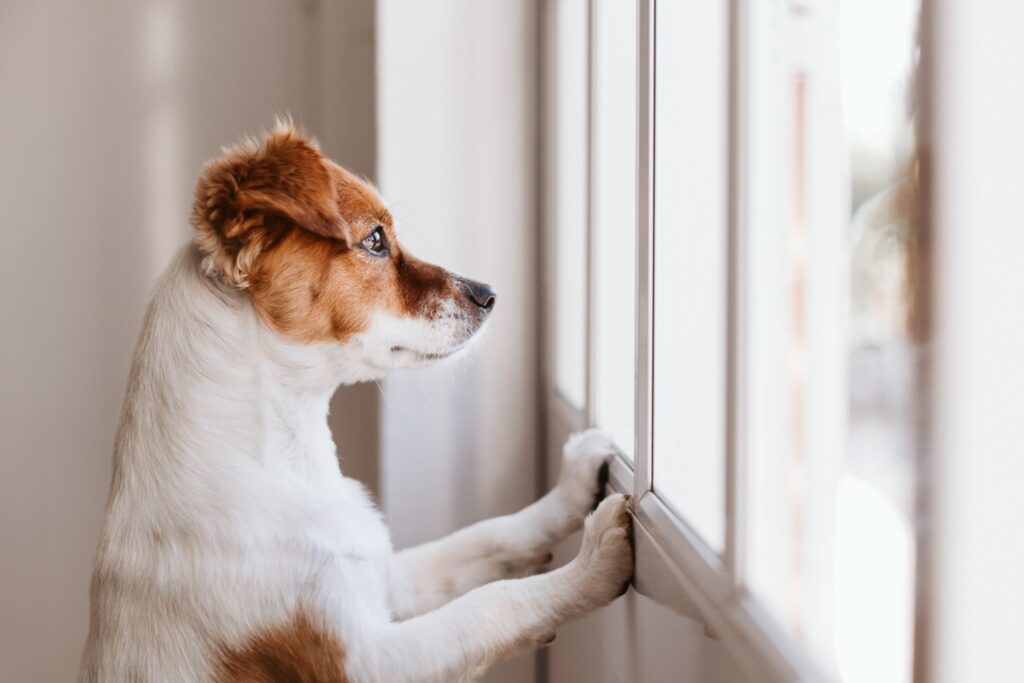Returning to work? Is every household member ready?

Your fur family members have no doubt enjoyed your increased presence at home of late, but if you are planning to transition back to the office, you may be met with some resistance of the four-legged kind.
While many pets will slip back into the old routine without a hiccup, some may show signs of separation anxiety, especially if they are new to you, and haven’t yet experienced you routinely leaving for the day.
Whilst any change in an animals behaviour can be noteworthy, separation anxiety is usually indicated in dogs with behaviours like chewing furniture, escaping, pacing, excessive barking or digging and loss of appetite. For cats, behaviours like over-grooming, toileting troubles, hiding, loss of appetite and a general appearance of depression could be indicators.
If you’re worried your pet might not embrace your new lifestyle as readily as you, there are things you can be doing ahead of the change to make the adjustment easier on them and on you. Strategies to help overcome separation anxiety in pets include:
Slowly, slowly: Introduce time apart gradually. This can be as simple as closing the door to the room you are in, without your pet, for a short time, say 10 minutes. Gradually increase this time apart so you can effectively be working from home but separated from your pet. While your lap may not be as warm without kitty sleeping there as you work away, this will make it much easier when you actually leave the house for the day.
Feeding routine: You will need to ensure that your feeding routine will be sustainable when you are back at work, so start to adjust the timing now to get it to where it needs to be.
Alternative entertainment: Food puzzles, games and the like are a great way to keep pets entertained in your absence. Start introducing these, being mindful that the food contained in them should not be in addition to their usual dietary intake.
De-sensitise departure triggers: Become aware of your usual routine in leaving for work e.g. picking up your keys, wearing a particular uniform etc. Your pet may associate these things with you leaving, and they can become a trigger for anxiety. Picking up your keys at other times of the day, or wearing your uniform and not leaving the house can change the meaning of these things for your pet, and help disassociate them from feelings of anxiety.
Don’t lose the positives: That daily walk you enjoy with your dog is one of the great benefits that working from home has allowed. The mental and physical health benefits for both of you are worth maintaining, but you might need to start doing this at a time that will be sustainable once you head back to the office.
What if it’s me?: If you are worried that you will miss your new desk-side companion, there are many ways for you to keep in touch virtually nowadays. Interactive Wi-Fi pet cameras and apps can allow you to check in, interact and even toss treats remotely. This can also be a great way to monitor their behaviour while you are not there to see if there are any signs of separation anxiety on their part too.
Naturally, if you have concerns about your pets comfort levels as you head out into the big world again, our friendly team have years of experience in managing animal behaviour and can work with you and your pet to reset the calm in each other’s worlds.
